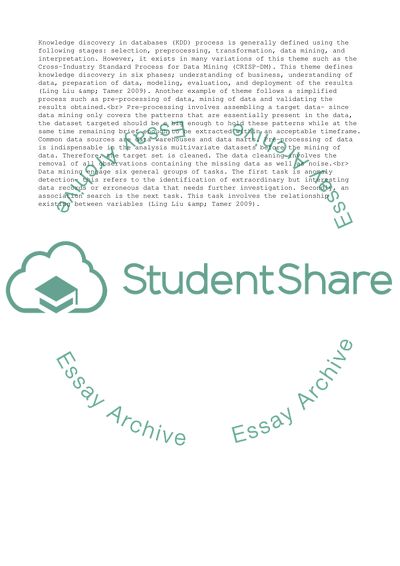Cite this document
(Divisions and Categories of Business Intelligence Technologies Assignment, n.d.)
Divisions and Categories of Business Intelligence Technologies Assignment. Retrieved from https://studentshare.org/business/1591003-business-intelligence-technologies
Divisions and Categories of Business Intelligence Technologies Assignment. Retrieved from https://studentshare.org/business/1591003-business-intelligence-technologies
(Divisions and Categories of Business Intelligence Technologies Assignment)
Divisions and Categories of Business Intelligence Technologies Assignment. https://studentshare.org/business/1591003-business-intelligence-technologies.
Divisions and Categories of Business Intelligence Technologies Assignment. https://studentshare.org/business/1591003-business-intelligence-technologies.
“Divisions and Categories of Business Intelligence Technologies Assignment”, n.d. https://studentshare.org/business/1591003-business-intelligence-technologies.


